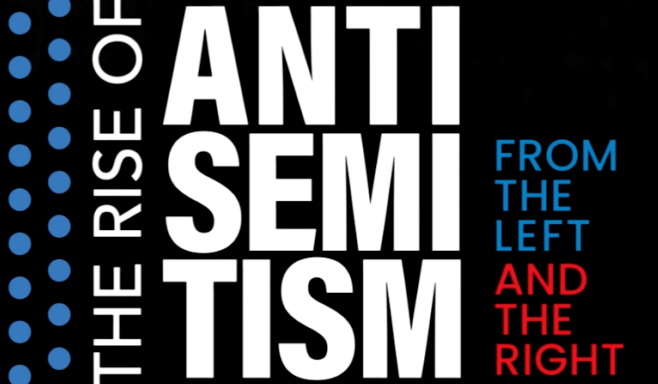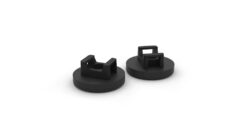Jewish Hat – Good Reputation For Evolution
The Jewish hat was an upside-lower, funnel-formed hat worn by Jewish men within the Dark Ages. The hat, generally white-colored or yellow, was initially worn by choice. Wearers chose by doing this to show their recognition that God was them over in power and authority.
However this practice was not only a custom. Jewish leaders were serious and thus designed a law requiring it. And observant Jews were to have their heads covered more often than not. This belief was reflected within their art. Frequently Jewish manuscripts were highlighted using the Jewish hat. The Jewish calendar highlighted this as did the coat of Eye On Antisemitism (in the inspiration of Jews in Germany) too. Actually, even historic Christian Jewish figures for example Saint Frederick and also the Lord Jesus were portrayed putting on the Jewish hat.
Non-Jews (Gentiles), however, didn’t such as this elective practice and searched for to manage it by the strength of their condition governments. Jews were only some of the ones putting on hats, as well as their mind coverings somewhat was similar to the headgear of opposing faiths, namely, Muslim and Christian, which brought with a confusion. Enter government.
Within the Muslim world the caliphs (condition leaders) purchased the non-Muslim (dhimmis) mind coverings to become clearly apparent. Usually this meant the Jewish hat was vibrant, however it relied on the caliph. In 850, for instance, caliph al-Mutawakkil purchased all dhimmis to pay for their heads having a scarf-like headband call a taylasin. Then within the 16th century the caliphate from the Maghreb (5 North African countries) purchased Jewish men to differentiate themselves by putting on black turbans.
European compulsion joined in the 4th Lateran Council, convened by Pope Innocent III. He purchased non-Christians (Jews and Muslims) to differentiate themselves for marriage purposes. He reported what the law states recorded by Moses in Leviticus 19:19 and Deuteronomy 22:5 and 11. More well known than requiring Jewish men to put on the hat, was, however, the yellow cloth badge the same shape as a star. The yellow badge was needed throughout Medieval some time and later shamefully elevated through the Nazis.
Jews didn’t such as this intervention to their belief. It had been their principle, plus they wanted to find the kind of hat they so preferred – not from discrimination and shame for his or her belief – but from a pleasure for that duty which was set before them.
The type of the Jewish hat altered much with the Dark Ages. Built of soppy felt, the Phrygian cap dominated the 13th century. This cover would be a floppy, pointy felt cap having a round circular brim. It varied in dimensions. And often through the fourteenth century displayed a bell or bobble in the tip. The hat later grew to become flatter and much more rounded.
By the 15th century the Jewish hat grew to become quite exotic, having a wide, disseminate brim, frequently with flares in Eastern Europe. There have been also Jewish berets and loose Jewish turbans. Art at that time reflected this trend which ongoing before the 1700s.





















































